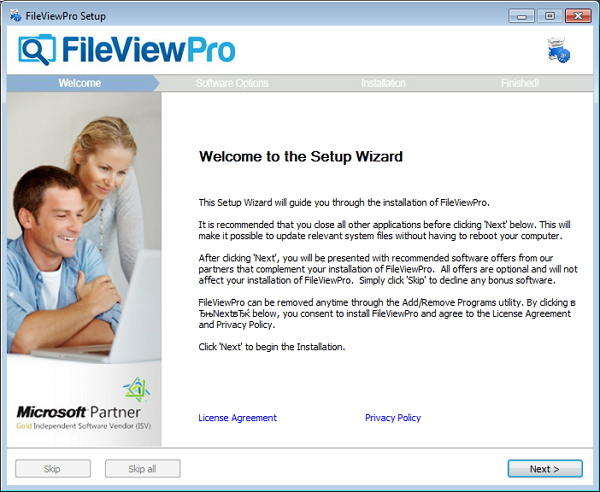
11
noviembreHow to Open PLIST Files with FileViewPro
FileViewPro is a multi-functional software solution designed to streamline file viewing and management for a variety of file formats. This makes it crucial for users who frequently work with various file types. Among its many capabilities, FileViewPro shines for its reliable support of PLIST files, which are critical in the Apple ecosystem, particularly for developers and users managing preferences and configuration files on macOS and iOS platforms. PLIST files—also known as property list files— are used to store serialized data, such as settings and configuration information, in a structured XML format that can be read and edited by humans as well as processed by machines.
FileViewPro facilitates the use of these files easier, allowing users to view, interpret, and manage PLIST data without needing extra software. One of the primary advantages of FileViewPro is its user-friendly interface, which is crafted to offer a uninterrupted experience regardless of the file format. This means that users working with PLIST files don't have to concern themselves with compatibility issues— as FileViewPro is built to handle these files with ease.
 PLIST files are particularly important in applications where configuration data needs to be stored persistently, such as in mobile apps{,} desktop applications{,} and system settings. Developers and users alike can benefit from FileViewPro’s capacity to view these files smoothly, gaining insights into app configurations{,} user preferences{,} and device settings with ease. FileViewPro’s visualization of PLIST files is both uncluttered and organized, allowing users to see the hierarchical structure of the data within.
PLIST files are particularly important in applications where configuration data needs to be stored persistently, such as in mobile apps{,} desktop applications{,} and system settings. Developers and users alike can benefit from FileViewPro’s capacity to view these files smoothly, gaining insights into app configurations{,} user preferences{,} and device settings with ease. FileViewPro’s visualization of PLIST files is both uncluttered and organized, allowing users to see the hierarchical structure of the data within.
PLIST files often contain intricate nested structures, with dictionaries, arrays, and various data types, and interpreting these can be a task without the right tools. FileViewPro’s interface streamlines this process by plainly displaying key-value pairs in a user-friendly manner. Users can toggle sections within the file to easily navigate through the hierarchy and find particular data points or configuration settings they need. This functionality is especially valuable for developers who need to troubleshoot or modify PLIST files frequently—saving time and minimizing errors by offering a clear view of the file’s contents.
For those working within macOS or iOS environments, PLIST files are an essential part of system and application workflows. They are used to store everything from user preferences in apps to system configurations that affect how the operating system communicates with software and hardware. FileViewPro provides a tool that is both adaptable and robustfulfilling the needs of users who may not have access to Apple’s Xcode environment, which is the default application for working with PLIST files.
With FileViewPro, users can open and read PLIST files on a Windows computer or other systems. This makes it a valuable cross-platform tool for those needing a comprehensive file management solution without OS restrictions. Beyond just viewing PLIST files, FileViewPro also offers limited editing capabilities, enabling users to make immediate changes without needing complex development tools. For instance— a user managing an app’s settings file can change values within the PLIST and save the file back in the same format, ensuring compatibility with macOS or iOS when the file is transferred back to its intended environment.
This feature is particularly beneficial for users testing configurations or making slight adjustments to user preferences. FileViewPro keeps the integrity of the PLIST file structure—ensuring no data corruption or unnecessary additions, a vital factor for files that rely on rigid formatting.
Reviews